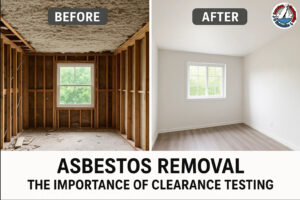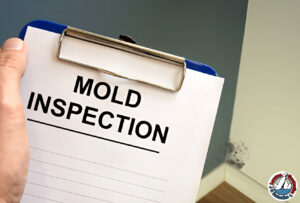Demolition Insurance Explained: Coverage, Cost & Requirements
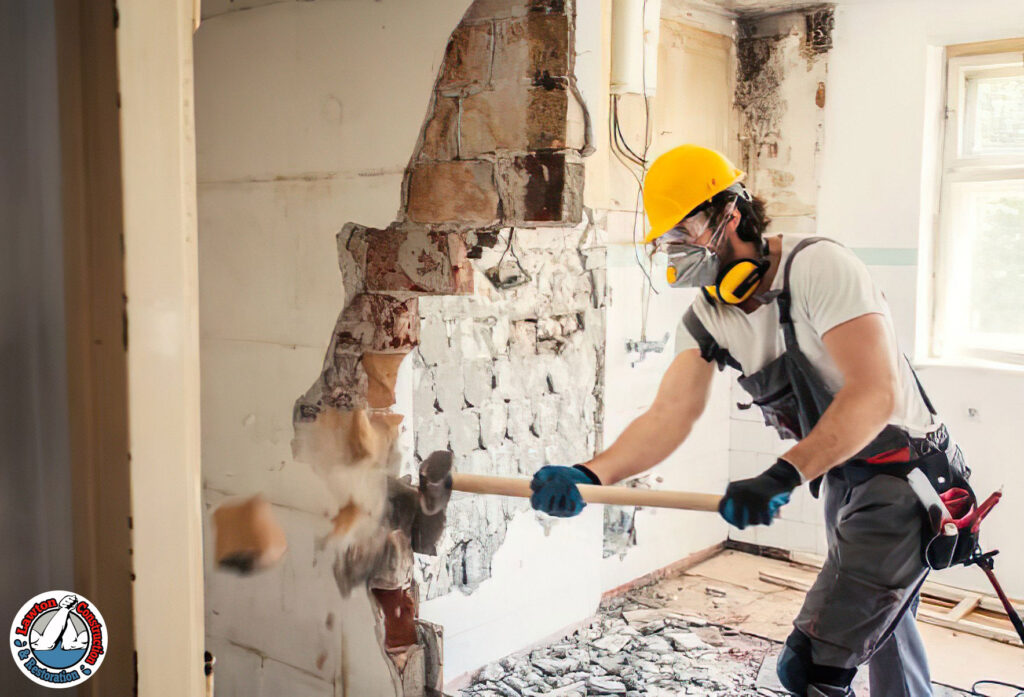
Table of Contents
Introduction
Thinking about taking on a demolition project in California? Whether you’re planning commercial building demolition, residential teardown, or site clearing, understanding the insurance landscape is crucial before breaking ground. Have you ever wondered what California demolition insurance requirements really entail, or how CA demolition insurance can protect you from costly risks? From navigating California CSLB demolition insurance rules to ensuring compliance with Cal/OSHA demolition insurance standards, the world of demolition insurance is complex but absolutely essential.
In this post, we’ll break down everything you need to know about demolition insurance — from coverage types and cost factors to legal obligations like the demolition contractor license California insurance mandates. We’ll also touch on specialized coverage such as hazardous materials demolition insurance CA, including asbestos removal, so you can confidently manage environmental risks. Whether you’re a contractor or a property owner, understanding these insurance essentials will help you safeguard your project, meet state requirements, and avoid unexpected financial pitfalls.
Ready to demystify demolition insurance and get your project off on the right foot? Let’s dive in.
Understanding Demolition Insurance
When it comes to demolition projects in California, do you know what demolition insurance really covers—and why it’s absolutely necessary? Many contractors and property owners underestimate the risks involved in tearing down structures, but the truth is, demolition comes with a unique set of challenges and liabilities. That’s why understanding California demolition insurance requirements is your first step toward protecting your investment and staying compliant.
So, what exactly is demolition insurance? Simply put, it’s a specialized policy designed to cover the specific risks associated with demolition work—whether it’s a small residential job or a large commercial teardown. Unlike general contractors’ insurance, demolition insurance addresses dangers like:
- Property damage during demolition
- Injuries to workers or third parties
- Environmental hazards such as asbestos or lead removal
- Equipment breakdowns on site
If you’re a contractor, you’ve likely heard of the California CSLB demolition insurance requirements. The Contractors State License Board (CSLB) mandates that demolition contractors carry appropriate insurance and bonds to qualify for a license. This isn’t just a bureaucratic hurdle—it’s a critical measure to ensure safety and financial responsibility on every project.
But it’s not only about meeting legal standards. Having the right insurance means you can focus on getting the job done without worrying about unexpected setbacks. Consider these benefits:
- Financial protection against costly lawsuits and damages
- Peace of mind for clients and stakeholders
- Improved credibility and trust in your professional services
Many demolition projects also require specific endorsements for hazardous materials. For example, if your work involves asbestos or lead paint removal, you’ll need hazardous materials demolition insurance CA to cover potential environmental liabilities. This specialized coverage safeguards both the contractor and property owner from fines, cleanup costs, and health risks.
Navigating insurance for demolition can seem overwhelming, but understanding these core aspects puts you in control. Ready to explore how coverage types differ and what influences your insurance costs? Let’s move forward and unpack those details next.
Types of Coverage in Demolition Insurance
Have you ever wondered what exactly demolition insurance covers? Understanding the different types of coverage can help you tailor a policy that fits your project’s unique risks—whether you’re handling a commercial demolition or a residential teardown in California. Let’s break down the essential components of CA demolition insurance so you can make informed decisions with confidence.
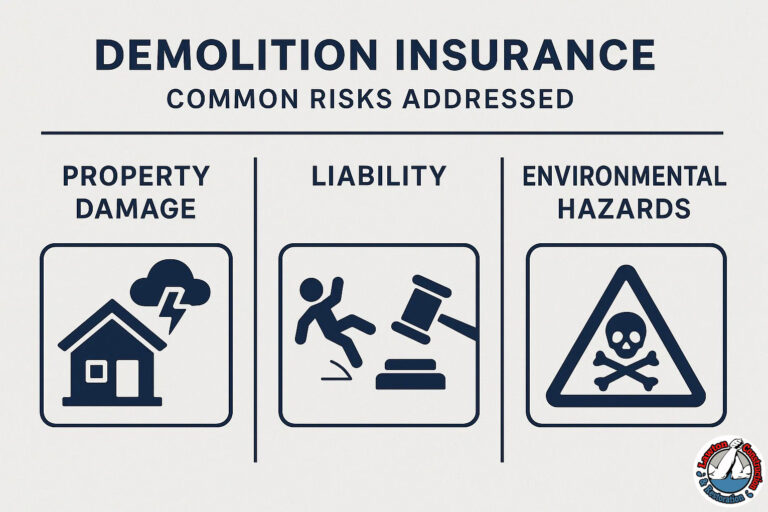
Property Damage Protection
At the core, demolition insurance protects against damage to the property being demolished and surrounding structures. This is critical because accidental damage can lead to expensive claims. For example, if a neighboring building sustains damage during your demolition work, your insurance can cover repairs, helping you avoid costly lawsuits.
Liability Coverage for Third-Party Injuries
Demolition sites are inherently risky, not just for workers but also for people nearby. Liability coverage safeguards you if someone outside your team gets injured on-site. This could include visitors, clients, or passersby. Given California’s strict safety regulations, including Cal/OSHA demolition insurance standards, having this coverage is often a legal necessity, not just a smart choice.
Environmental and Pollution Liability
One of the trickiest parts of demolition in California involves handling hazardous materials like asbestos or lead paint. Are you prepared for the environmental responsibilities? Specialized policies such as hazardous materials demolition insurance CA or asbestos removal insurance California cover cleanup costs and environmental damages. This is crucial because environmental violations can result in hefty fines and project delays.
Equipment and Machinery Coverage
Your demolition machinery and tools are expensive investments. Equipment breakdown or theft can halt your project and inflate costs. Including equipment coverage in your policy ensures repairs or replacements won’t derail your timeline or budget.
Why does all this matter?
When selecting a demolition insurance policy, it’s important to:
- Identify the specific risks your project faces
- Confirm coverage limits meet your potential liabilities
- Ensure compliance with local California requirements like the California demolition bond requirements and licensing rules
Remember, not every demolition job is the same. For example, a selective demolition project may have different insurance needs compared to full structural teardown or emergency demolition. Understanding the types of coverage helps you avoid gaps that could expose you to risk.
By choosing the right mix of coverage, you’re not only protecting your business but also building trust with clients and regulators. Up next, we’ll dive into the key factors that influence demolition insurance costs so you can plan your budget wisely.
Factors Influencing Demolition Insurance Costs
Wondering why demolition insurance costs can vary so much from one project to another? Understanding the key factors that affect your premium helps you plan better and even find ways to reduce expenses without sacrificing coverage. Let’s unpack the most important elements that shape California demolition insurance pricing.
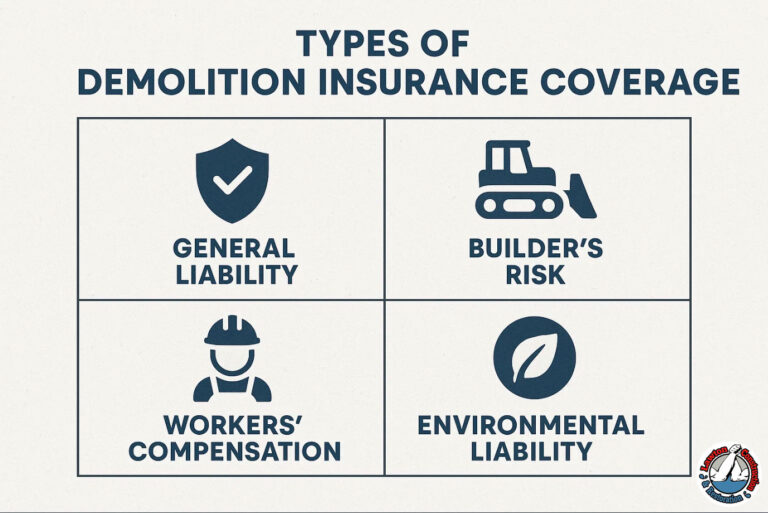
1. Project Size and Complexity
The bigger and more complicated your demolition project, the higher the risk—and the higher the insurance cost. For example, a large commercial teardown with structural demolition will typically cost more to insure than a small residential job or selective demolition. Complex projects often involve:
- Multiple contractors and subcontractors
- Use of heavy machinery and equipment
- Handling hazardous materials such as asbestos or lead paint
Each additional risk factor adds to the insurer’s potential payout, which naturally impacts your premium.
2. Location and Site Conditions
Where you’re demolishing matters. Projects in urban areas or densely populated neighborhoods often face stricter regulations and greater liability risks, which can increase insurance costs. In California, sites near sensitive environmental zones or historic districts may also require specialized coverage like environmental regulations demolition California insurance.
Site conditions such as soil stability, proximity to other buildings, and accessibility for equipment all play a role in risk assessment. Difficult sites mean higher chances of accidents or property damage, influencing your rates accordingly.
3. Experience and Safety Record of the Contractor
Insurance companies reward proven safety with lower premiums. If you or your demolition team has a strong track record of completing projects without accidents or claims, you’ll likely pay less for coverage. On the flip side, a history of claims or violations can raise red flags and drive up costs.
This is especially relevant when meeting standards like California Labor Code workers’ comp demolition requirements, which emphasize worker safety and proper compensation. Demonstrating compliance with safety regulations and maintaining certifications can make a big difference.
4. Policy Limits and Deductibles
Choosing the right balance between coverage limits and deductibles directly affects your premium. Higher limits offer greater protection but come with increased costs. Similarly, a lower deductible reduces your out-of-pocket expenses after a claim but raises the insurance price.
Carefully evaluate your risk tolerance and budget to find a policy structure that fits your needs. Sometimes, increasing your deductible slightly can significantly lower premiums without exposing you to excessive risk.
In summary:
- Larger, more complex projects cost more to insure
- Location and site conditions can significantly affect premiums
- A strong safety record helps reduce insurance costs
- Adjusting policy limits and deductibles allows customization of pricing
By understanding these factors, you can make smarter decisions when shopping for demolition insurance in California. Next, we’ll explore the legal and regulatory requirements you need to meet before starting your demolition project—because knowing the rules is just as important as managing risks.
Legal and Regulatory Requirements
If you’re gearing up for a demolition project in California, understanding the legal and regulatory landscape isn’t just important—it’s absolutely essential. Have you checked whether you’re meeting all the California demolition insurance requirements? Skipping or overlooking these can lead to costly delays, fines, or even project shutdowns. Let’s walk through the key rules and regulations you need to know before picking up the sledgehammer.
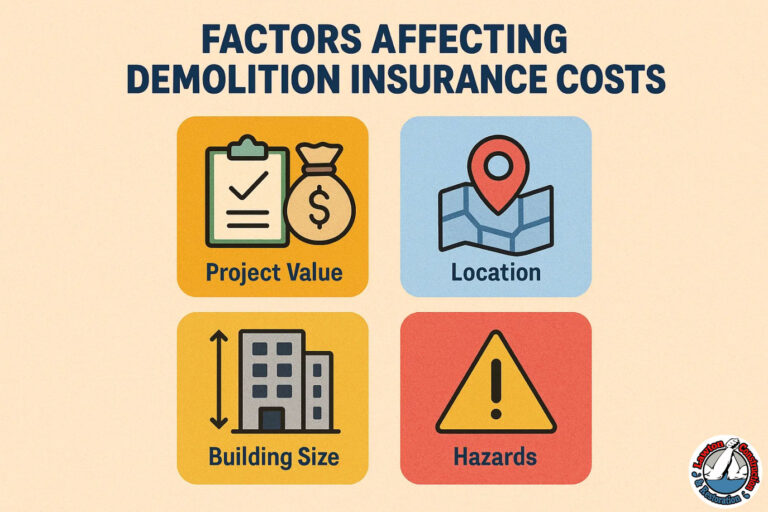
Licensing and Insurance Mandates
First things first: if you’re a contractor, you’ll need to comply with the demolition contractor license California insurance rules set by the Contractors State License Board (CSLB). To get licensed, you must show proof of insurance coverage that meets their standards, including liability and workers’ compensation. This helps ensure that contractors take responsibility for safety and damages during demolition.
- Proof of California CSLB demolition insurance is often required to obtain or renew your license
- Insurance policies must meet minimum coverage limits dictated by state law
- Carrying a California demolition bond requirement or performance bond may also be necessary to guarantee project completion and protect clients
Compliance with Safety and Environmental Regulations
Demolition is a high-risk activity, and California takes worker and public safety seriously. The Cal/OSHA demolition insurance standards require contractors to maintain safe working conditions, conduct thorough hazard assessments, and train employees accordingly. Compliance here not only reduces accidents but also helps keep insurance premiums manageable.
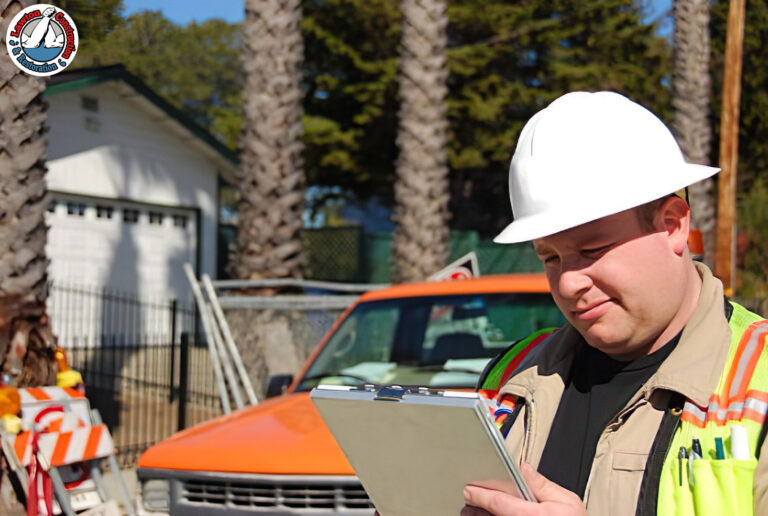
Additionally, demolition projects must follow strict environmental regulations demolition California mandates, especially when hazardous materials like asbestos or lead are involved. For example:
- You may need specific permits and documentation before beginning asbestos removal
- Contractors should have hazardous materials demolition insurance CA to cover potential contamination risks
- Proper disposal and post-demolition cleanup must comply with state environmental laws
Ignoring these regulations can result in severe penalties, project stoppages, and expensive remediation efforts.
Documentation and Reporting Obligations
Keeping clear records is another critical part of staying compliant. Many demolition insurance policies require you to submit:
- Proof of insurance and bonds before starting work
- Detailed safety and environmental plans
- Incident reports in case of accidents or damage
These documents demonstrate your commitment to responsible demolition and are often mandatory for inspections or audits.
By meeting all these legal and regulatory requirements—from licensing and insurance proof to environmental compliance—you not only protect your business but also build trust with clients and regulators. Staying informed helps you avoid pitfalls and keeps your demolition project on track from start to finish.
Next, we’ll discuss practical tips for choosing the right demolition insurance policy tailored specifically to your needs.
How to Choose the Right Demolition Insurance Policy
Choosing the right demolition insurance policy can feel overwhelming—especially with so many coverage options, regulations, and costs to consider. But don’t worry, you’re not alone. Whether you’re a contractor navigating California demolition insurance requirements or a property owner wanting peace of mind, knowing what to look for can make all the difference.

So, how do you find the perfect policy that fits your project and budget? Here are some key steps to guide you through the process:
1. Assess Your Project’s Specific Needs
Every demolition job is unique. Are you working on a residential teardown or a large commercial building? Will your project involve hazardous materials like asbestos? Understanding the scope helps you identify which coverages are essential. For instance:
- If you’re doing selective demolition, you might want to explore selective demolition insurance California options.
- Handling asbestos? Make sure your policy includes asbestos removal insurance California.
- For large-scale projects, structural demolition insurance CA could be critical to cover bigger risks.
Taking time to map out your specific risks helps you avoid paying for unnecessary coverage or missing important protections.
2. Compare Quotes and Coverage Options
Don’t settle for the first quote you receive. Insurance providers vary widely in pricing, coverage limits, and terms. When comparing offers, focus on:
- Coverage limits — Are they adequate for your potential liabilities?
- Deductibles — Can you afford the out-of-pocket costs if a claim arises?
- Inclusions and exclusions — What exactly is covered, and what isn’t?
- Reputation and customer service — How responsive is the insurer when claims happen?
Request detailed quotes from multiple carriers and don’t hesitate to ask questions. An informed comparison saves you money and headaches down the line.
3. Work with Experienced Insurance Providers
Partnering with insurers familiar with California’s demolition industry is a huge advantage. They understand local laws like the California CSLB demolition insurance mandates and can tailor policies that comply with state-specific requirements. Look for providers who:
- Have a proven track record with demolition contractors
- Offer customizable policy options
- Provide clear guidance on licensing and bond requirements, such as the demolition performance bond California
This expertise helps ensure you get coverage that’s both compliant and comprehensive.
4. Consider Ways to Reduce Premiums Without Sacrificing Coverage
Nobody likes paying more than they have to. Fortunately, there are smart strategies to lower your demolition insurance costs:
- Maintain a strong safety record to qualify for better rates
- Bundle insurance policies (like combining demolition and post-demolition cleanup insurance CA)
- Increase deductibles thoughtfully
- Invest in employee training to reduce accident risks
By actively managing risks and working closely with your insurer, you can keep premiums in check while staying protected.
Choosing the right demolition insurance policy isn’t just about ticking a box — it’s about safeguarding your project, your team, and your bottom line. By assessing your needs, comparing options, and working with knowledgeable providers, you’re setting yourself up for success.
Ready to make the best insurance choice for your California demolition project? Taking these steps now means fewer surprises later.
Conclusion
Demolition projects in California come with plenty of challenges—and navigating the world of insurance is one of the most important steps you can’t afford to skip. After exploring everything from California demolition insurance requirements to coverage options and cost factors, you might be wondering: Are you truly prepared to protect your project, your team, and your investment?
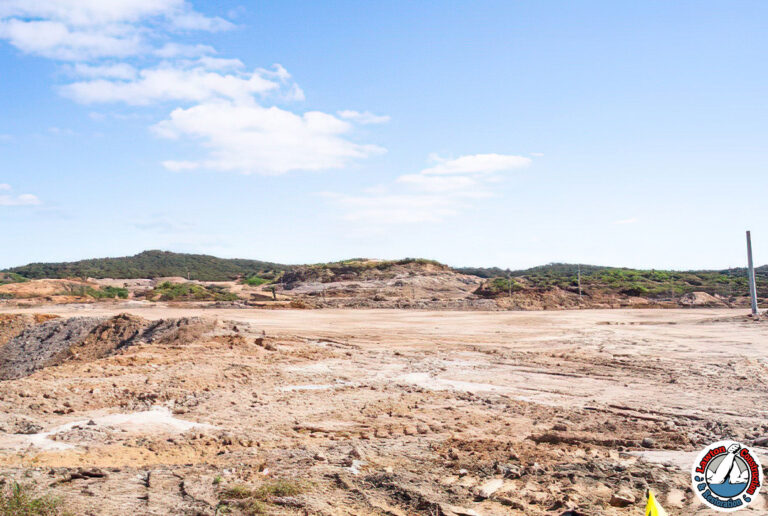
Remember, having the right CA demolition insurance isn’t just about meeting legal obligations like the demolition contractor license California insurance or securing a demolition performance bond California. It’s about gaining peace of mind knowing that unexpected risks—whether from environmental hazards, site accidents, or property damage—are covered. With regulations like Cal/OSHA demolition insurance and environmental mandates in place, proper coverage is your safety net against costly surprises.
So, what’s your next move? Whether you’re a contractor looking to comply with California’s strict standards or a property owner managing a complex teardown, the best approach is to stay informed, choose coverage tailored to your project’s needs, and partner with trusted insurance providers who understand the unique risks of demolition work in California.
Are you ready to take control of your demolition project with confidence? By prioritizing the right insurance, you’re not only safeguarding your work—you’re setting the foundation for success every step of the way.

